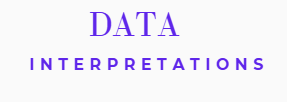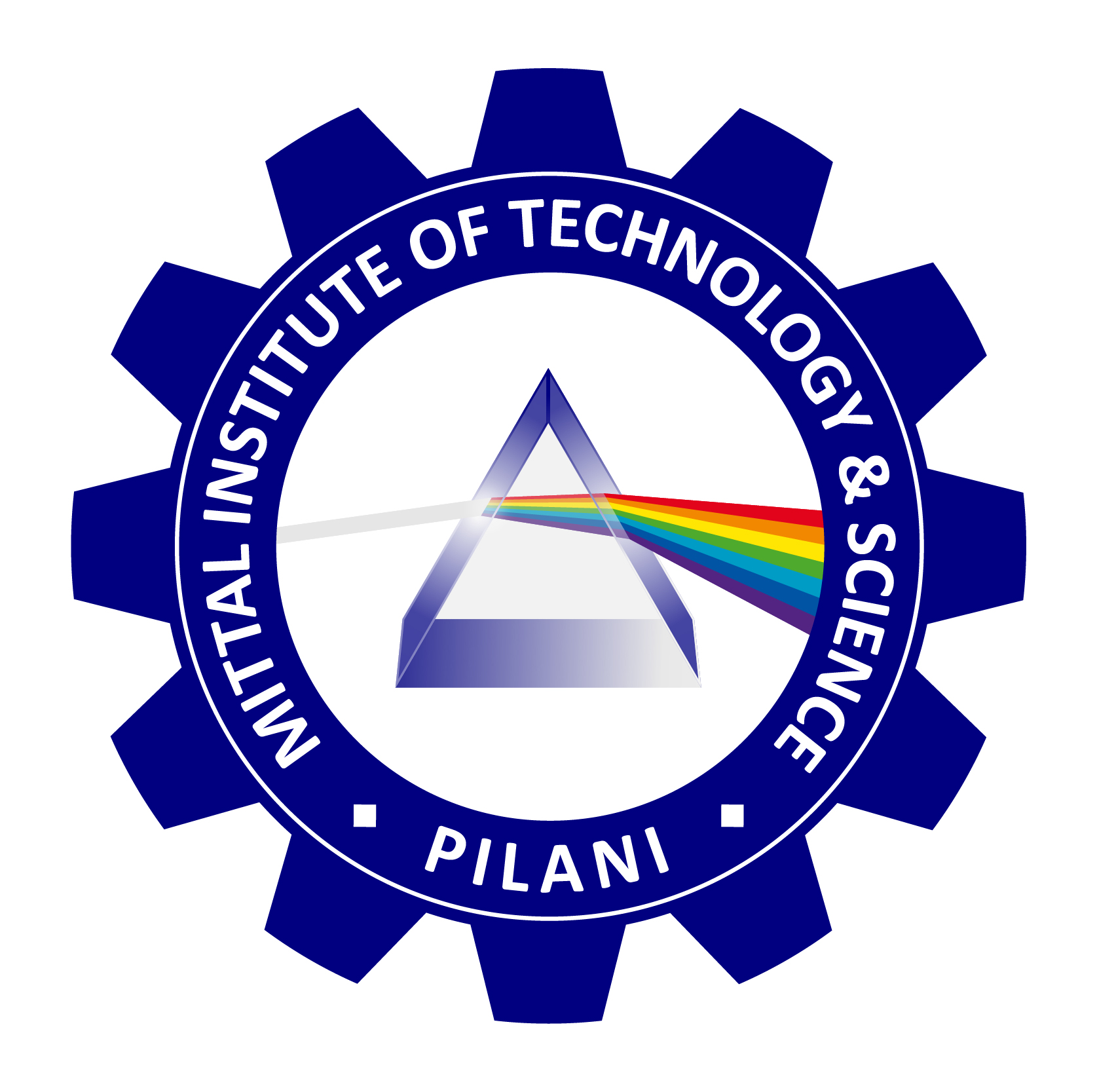
Global Banking and Markets
Introduction
In the rapidly evolving global economy, financial systems serve as the bedrock of growth, stability, and international cooperation. At the heart of this financial architecture lies the domain of Global Banking and Markets (GBM)—a sophisticated and integrated ecosystem where capital flows, investment activities, and financial services transcend borders. GBM plays a pivotal role in facilitating global trade, funding economic development, managing risk, and supporting corporate and governmental financial strategies. In this article I will talk about the structure, functions, institutions, challenges, and trends of Global Banking and Markets.
- Definition and Scope
Global Banking and Markets refers to the broad spectrum of international financial services offered to corporations, governments, and institutional investors. It encompasses:
- Investment Banking: Includes mergers and acquisitions (M&A), equity and debt capital markets, and advisory services.
- Global Markets: Covers sales and trading of equities, bonds, commodities, currencies, and derivatives.
- Corporate Banking: Provides global transaction services, syndicated loans, and treasury solutions.
- Risk Management and Hedging: Includes financial instruments to mitigate risks in interest rates, foreign exchange, and credit.
These services are often bundled and delivered by large multinational financial institutions, such as JPMorgan Chase, HSBC, Goldman Sachs, Citigroup, and Barclays.
- Major Functions
- a) Capital Raising
Through initial public offerings (IPOs), bond issuances, and private placements, GBM provides crucial funding to businesses and governments, especially for expansion, infrastructure, and innovation.
- b) Liquidity and Market Making
Banks facilitate the buying and selling of financial instruments, providing market liquidity and efficient price discovery, especially in volatile conditions.
- c) Advisory Services
Global banks offer expert strategic and financial advice on corporate restructuring, acquisitions, divestitures, and international market entry.
- d) Risk Management
Clients use tailored derivative products, such as options and swaps, to hedge against economic uncertainties and currency or commodity price fluctuations.
- Key Players and Institutions
- Global Investment Banks: Goldman Sachs, Morgan Stanley, UBS, Deutsche Bank, etc.
- Multilateral Institutions: IMF, World Bank, and Bank for International Settlements play supervisory and regulatory roles.
- Central Banks: Regulate cross-border capital flows and monetary policy coordination.
Many commercial banks now have investment arms, integrating traditional banking with capital market services.
- Market Instruments and Products
- Equities and Bonds: Traded across exchanges and over-the-counter markets globally.
- Derivatives: Futures, options, swaps, and forward contracts for hedging and speculation.
- Structured Products: Hybrid securities combining different financial instruments tailored to specific risk-return profiles.
- Foreign Exchange (FX): The global FX market, exceeding $7 trillion in daily turnover, is a core component of GBM.
- Technological Transformation
Technological advancements are reshaping GBM:
- Algorithmic Trading: Automates large volumes of transactions, enhancing speed and efficiency.
- Blockchain and Distributed Ledger Technologies: Enable transparent, secure, and real-time settlements.
- Artificial Intelligence and Data Analytics: Improve risk assessment, fraud detection, and client service personalization.
- Fintech and Open Banking: Encourage innovation and new competitive models in cross-border financial services.
- Regulatory Landscape
After the 2008 global financial crisis, regulatory oversight intensified to ensure systemic stability. Key regulatory frameworks include:
- Basel III: Enhances capital adequacy and liquidity standards.
- Dodd-Frank Act: Governs U.S. financial markets with stress testing and risk controls.
- MiFID II (EU): Improves transparency in European financial markets.
Compliance, Know Your Customer (KYC), and Anti-Money Laundering (AML) standards are strictly enforced across jurisdictions.
- Challenges in Global Banking and Markets
- Geopolitical Risks: Trade wars, sanctions, and political instability can disrupt financial markets.
- Regulatory Divergence: Inconsistent rules across countries hinder harmonized operations.
- Cybersecurity Threats: Increased digital dependence has elevated exposure to cyber-attacks.
- Environmental and Social Governance (ESG): Financial institutions must align portfolios with sustainability goals.
- Trends and Future Outlook
The GBM landscape is undergoing transformation:
- Sustainable Finance: Green bonds and ESG investing are gaining prominence.
- Decentralized Finance (DeFi): Blockchain-based finance could challenge traditional GBM structures.
- Cross-Border Collaboration: Greater harmonization among central banks and regulators is emerging to manage systemic risks.
Digital currencies (e.g., CBDCs) may revolutionize international settlements and monetary policy.
Global Banking and Markets form the backbone of international finance by connecting capital with opportunities and risk with solutions. The domain is a confluence of technology, regulation, strategy, and economics. As globalization deepens and digital innovation accelerates, GBM will continue to evolve, offering both vast potential and complex challenges. Its stability and integrity remain crucial to the resilience of the global financial system and the prosperity of nations.
